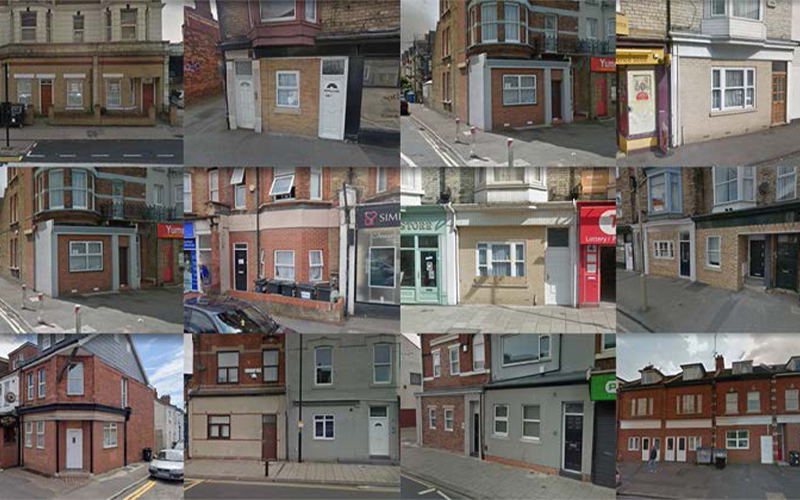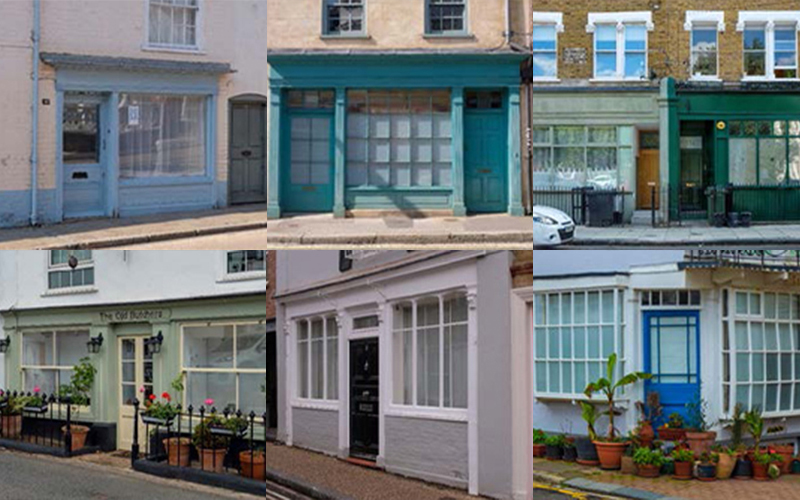4.15. Residential Conversion
Many high street shops across the country have been, are being or will be converted into homes. There are reasons cautiously to welcome this.
- There are too few homes in some places. There is an undersupply of homes in much of the country, including many traditional town centres, leading to major affordability pressures. The ratio of homes to households is tighter in the UK than almost anywhere (0.99 versus a European average of 1.12).
- And too many shops in some places. In parallel, there is an oversupply of shops in many high streets. Savills analysis estimates that the UK currently has 158 million square feet of vacant retail space, equivalent to 12 per cent of retail units – rising to nearly 17 per cent in some regions. Shops have, over the last century, taken over many town centre buildings that were previously used as homes or for other purposes.
- Greener homes. The built environment sector creates up to 40 per cent of UK greenhouse gas emissions. To reduce this, we will need to get better at repurposing old buildings for new uses, not just building new ones. For example, constructing a new-build two-bedroom house uses up the equivalent of 80 tonnes of CO2. Refurbishment uses only eight tonnes.
- Often cheaper. Converting existing buildings is also often cheaper than building new homes – meaning that financial support for new homes can go further. Converting an existing building is on average 670 cheaper (35 per cent) per square metre than building afresh.
However, conversion needs to be done correctly. Poor examples of retail to residential conversions are very common, especially, regrettably, in less prosperous neighbourhoods. Formerly transparent shopfronts are often replaced with brick walls and unsustainable PVC windows, creating dissonant gaps in high streets. The gentle rhythm characteristic of historical high streets becomes destabilized, often resulting in a downward spiral, and the ‘variety in pattern’ which most of us find so attractive is lost. This is not just a matter of ‘aesthetics’. Poor design can discourage further investment in a place.Retail to residential conversions will come with implications for rubbish and bin storage which are not always easy to resolve.
Where historic shopfronts survive, successful retail to residential conversions are those which do the least, almost imperceptible from their neighbouring shopfronts. They may have frosted glass or curtains in the windows rather than shop displays, but the historic shopfront will be preserved almost entirely intact, and the rhythm of the high street retained. Where a contemporary conversion has been substituted, it will follow many of the same principles of successful shopfront design, such as a simple colour palette and an uncluttered appearance.
Where the retention of the existing shopfront is neither possible nor desirable, there are normally two advisable options. Any historic evidence available showing what the facade used to look like should be used to inform decision making.
- If the historic shopfront was better quality than the existing shopfront, then converting the existing poor-quality shopfront back to a more historically accurate shopfront style residential should be considered. This approach is particularly appropriate if the immediately surrounding street is mainly shops.
- If the building used to be residential, then converting the ground floor fa ade back to a residential fa ade should be considered. If there is evidence of the original residential facade that can be used as a guide. This approach is particularly appropriate if there are many surrounding shops. This approach is particularly appropriate if the immediately surrounding street is mainly residential.
In all matters of conversion, it is crucial to maintain as much flexibility for the future as possible. The high street should continue to feel like a high street.
 Examples of poor residential conversions
Examples of poor residential conversions
 Examples of good quality residential conversions
Examples of good quality residential conversions





